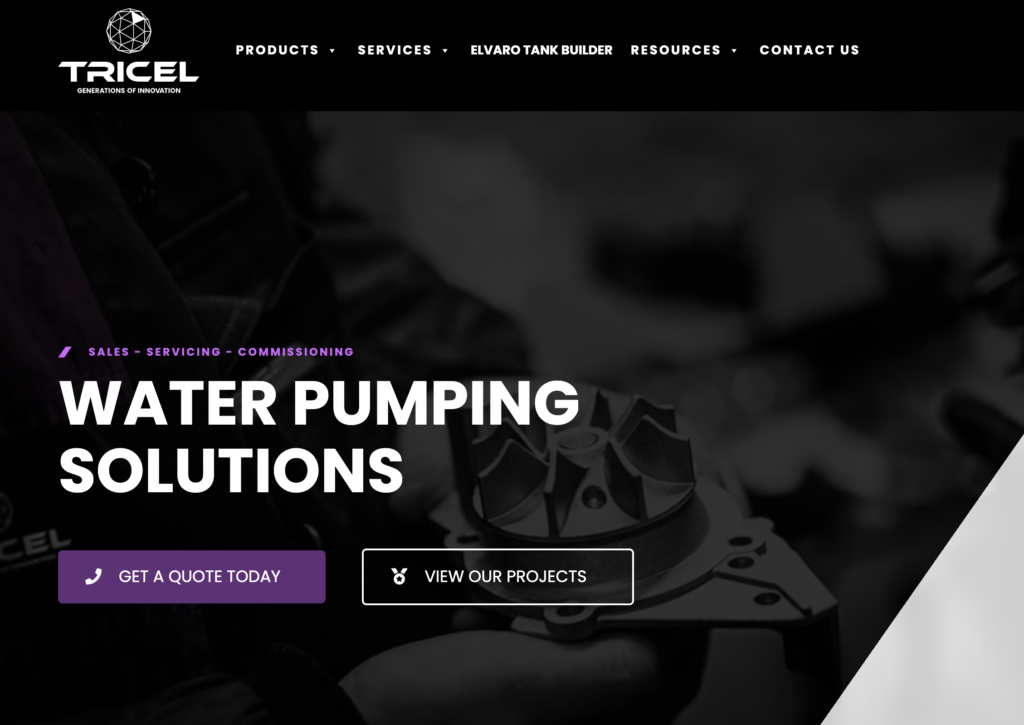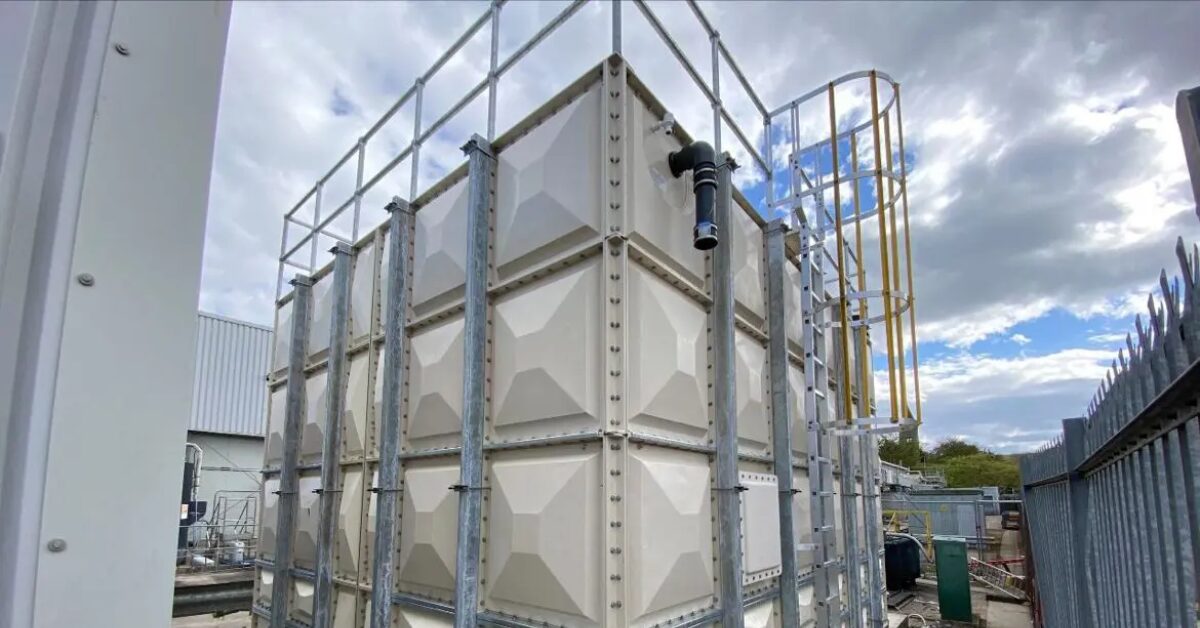
Insulated Cold Water Tanks
Home » Cold Water Storage Tanks » Insulated Cold Water Tanks

Insulated cold water tanks are a practical solution for efficient water storage. They help maintain consistent temperatures and reduce the risk of freezing during colder months.
How do Insulated Cold Water Tanks Function?
Insulated cold water tanks create a thermal barrier between the water inside the tank and the surrounding environment. This insulation ensures that the water remains at an optimal temperature, making these tanks ideal for areas with fluctuating temperatures. Insulated water tanks are deal for storing potable water.
Considerations When Selecting an Insulated Cold Water Tank
N.B – The illustration above is only an example of one type of insulation skin, there are different arrangements for different types of water tanks.
Considerations When Selecting an Insulated Cold Water Tank
- Tank capacity
- Insulation material and thickness
- Planned usage of the tank
- Manufacturer’s reputation
Tricel offers a range of Regulation 4(1)a certified One Piece Tanks and Totally Internally Flanged (TIF) Tanks with a standard 25mm insulation, upgradable to 50mm. Our Hot-Press Sectional Tanks come with 38mm standard insulation, also upgradable to 50mm. Additionally, we provide non-insulated tanks suitable for non-potable or grey water storage.
Uses of Insulated Cold Water Tanks
- Tank capacity
- Insulation material and thickness
- Planned usage of the tank
- Manufacturer’s reputation
Tricel offers a range of Regulation 4(1)a certified One Piece Tanks and Totally Internally Flanged (TIF) Tanks with a standard 25mm insulation, upgradable to 50mm. Our Hot-Press Sectional Tanks come with 38mm standard insulation, also upgradable to 50mm. Additionally, we provide non-insulated tanks suitable for non-potable or grey water storage.
5 benefits of insulated water tanks
1. Energy Efficiency
Insulated cold water tanks significantly reduce the energy required to maintain consistent water temperatures. By minimising the need for frequent cooling or heating, these tanks help lower energy bills and contribute to overall energy savings, making them an eco-friendly choice.
2. Heat Loss Prevention
Insulated tanks are highly effective in minimising heat loss, which is particularly important in colder climates. In areas like the UK, proper insulation helps prevent the water from freezing, thereby protecting the tank from potential damage and ensuring a continuous water supply.
3. Condensation Reduction
Insulation prevents condensation on the tank’s exterior, protecting it from moisture-related damage and corrosion. Inside the tank, insulation inhibits mould and bacteria growth, ensuring the water remains clean and safe for consumption.
4. Prolonging Tank Lifespan
By maintaining consistent temperatures and reducing stress on the tank, insulation extends its lifespan. This results in long-term savings by decreasing the likelihood of unexpected repairs or tank replacements, offering customers peace of mind and financial benefits.
5. Improved Water Quality
Insulated cold water tanks help maintain high water quality by providing a stable temperature environment, which prevents bacterial growth and contamination. This ensures that the water remains clean, safe, and suitable for various uses, from drinking to household chores.
how do you keep a water tank from freezing
Preventing a water tank from freezing is essential for maintaining a reliable water supply during cold weather. Here are 7 effective strategies:
- Choose a large: Larger volumes of water take longer to freeze, providing better protection against extreme cold.
- Opt for GRP tanks: Glass Reinforced Plastic (GRP) tanks are highly durable and offer excellent thermal insulation properties. They are resistant to extreme weather conditions and do not corrode, ensuring long-term protection against freezing.
- Ensure continuous water movement: Keeping the water in motion helps prevent it from freezing. Use a recirculating pump to maintain water flow.
- Insulate your water tank: Proper insulation is crucial. Use high-quality insulating materials to wrap your tank, focusing on the sides and top.
- Avoid insulating the tank bottom: This prevents ground heat from warming the tank, which can help keep the water above freezing.
- Regularly inspect for leaks or cracks: Ensure there are no leaks or cracks where cold air can enter, as this can accelerate freezing.
- Install a heating system: In extremely cold areas, a tank heater or heat trace system can provide additional protection by maintaining a safe water temperature.

Additional Considerations
- Temperature Monitoring
To comply with Regulation 4(1)a and prevent Legionella growth, cold water tanks should maintain temperatures below 20°C. The Legionella bacteria thrives in water between temperatures of 20-45°C. Keeping the water temperature lower than this and above 60°C eliminates the threat of the bacteria. Installing temperature sensors allows for precise temperature control, activating heating systems when temperatures drop. Advanced systems can offer remote monitoring and alerts.
The sensors will trigger the heating system to activate when the temperature drops below a set temperature. Advanced systems may even provide remote monitoring and alerts, allowing facility managers to respond to temperature fluctuations promptly.
- Frost Protection
Constant water movement reduces freezing risks. Frost protection compensates for heat loss. M&E Consultants can decide whether frost protection is necessary for your specified water storage tank. In that case, we can provide 50mm insulation instead of the standard 38mm insulation.
One effective method is to insulate the tanks, which helps retain heat and to avoid freezing. In freezing climates, it may be necessary to use heat tracing or immersion heating in combination with insulation for comprehensive frost protection
- Heat Tracing & Immersion Heating
While trace heating and immersion heating are beneficial, they alone won’t prevent freezing. Proper positioning of these elements is crucial. Ensuring uniform heat distribution prevents localised warming and potential freezing.
Trace heating is a method that provides a consistent source of warmth and is typically used for large water tanks or those located in unheated plant rooms.
Read More...
- Water Tank Installation & Maintenance
- Cold Water Storage Tanks
- Case Studies
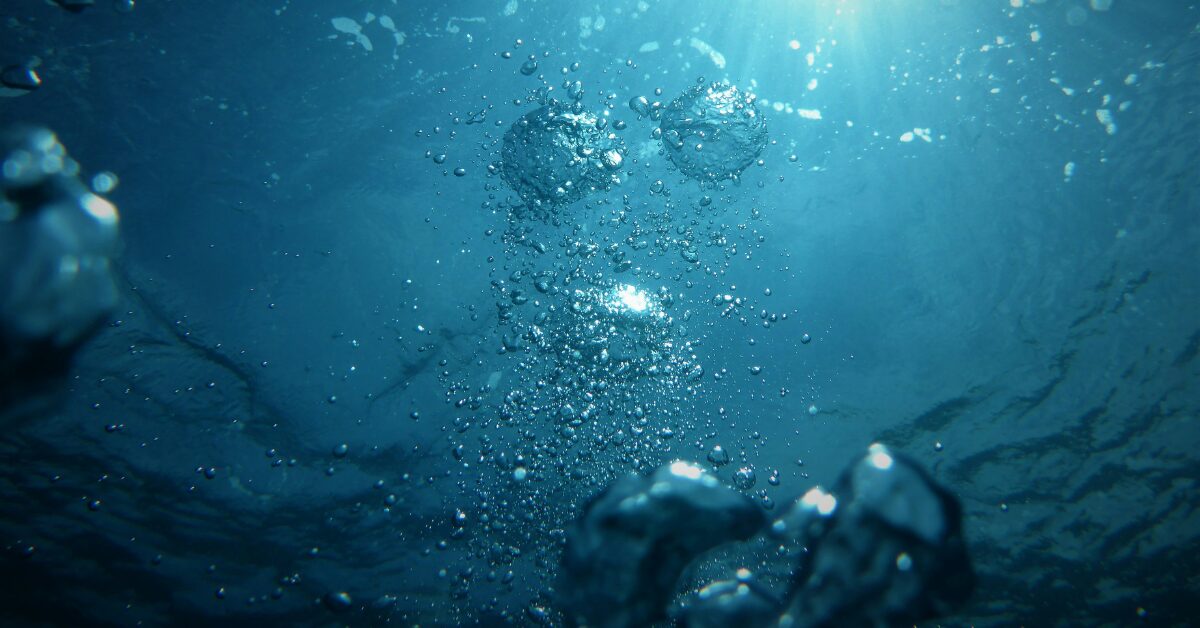
Leak in Water Tank: Causes, Prevention, and Solutions
Water tank leaks can lead to significant structural damage and water loss. Common causes include corrosion, poor installation, and lack of maintenance. To prevent leaks, it's essential to ensure proper installation, use high-quality materials, and conduct regular inspections. For detailed guidance on causes, prevention, and solutions for water tank leaks, refer to Tricel Water UK's comprehensive article.
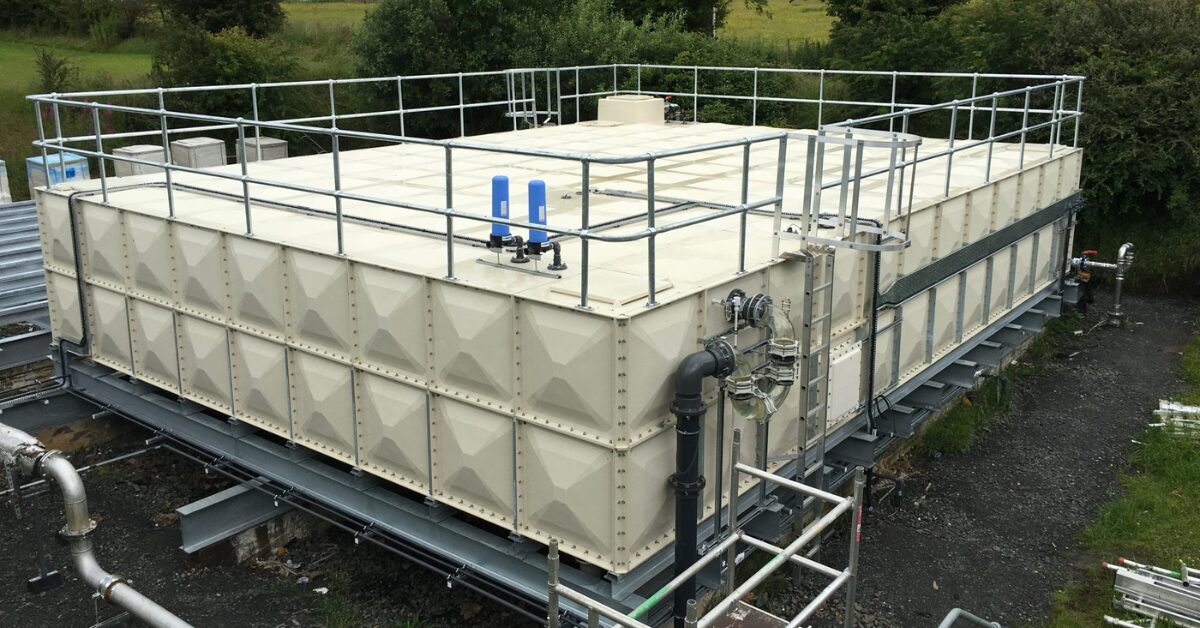
Importance of Base Levelling Steels
Proper base levelling is essential for the stability and longevity of your water tank. This guide explains why base levelling steels are crucial for preventing structural issues and ensuring your tank performs optimally over time.
Water Tank Replacement
Replacing your water tank is crucial for maintaining system efficiency and preventing costly repairs. This guide covers key signs that it’s time for a replacement and the best practices for installing a new tank, ensuring reliable water storage.
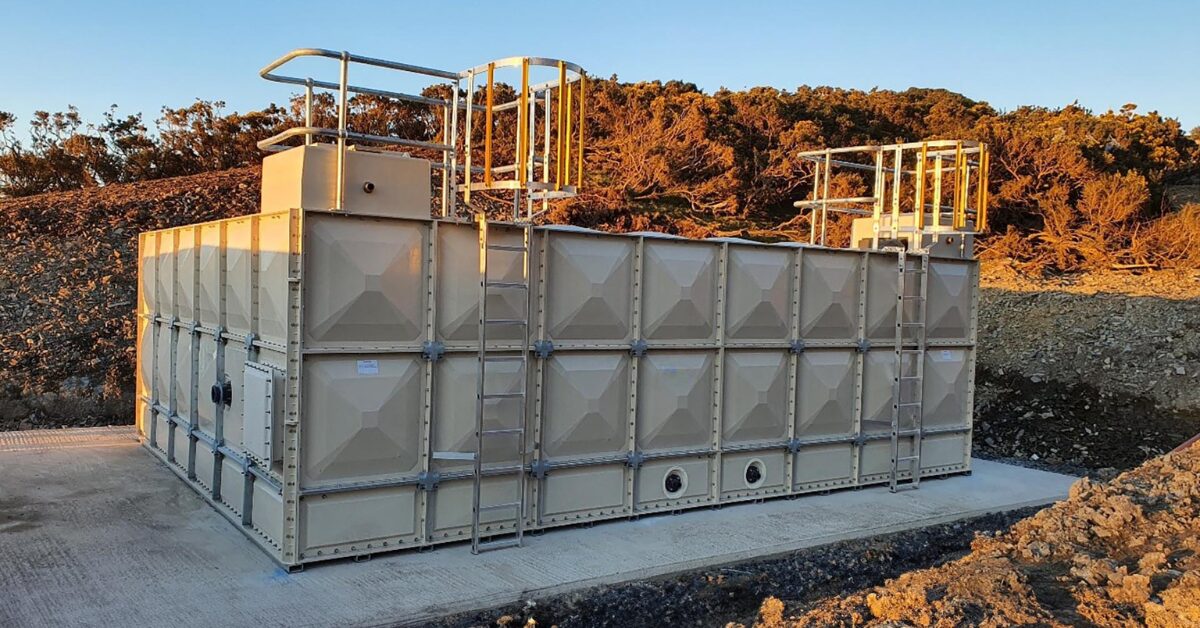
Water Tank Installation Guidelines
Ensure your water tank is installed correctly with our comprehensive guide. Learn the key steps, best practices, and important considerations to achieve a successful and efficient installation.
